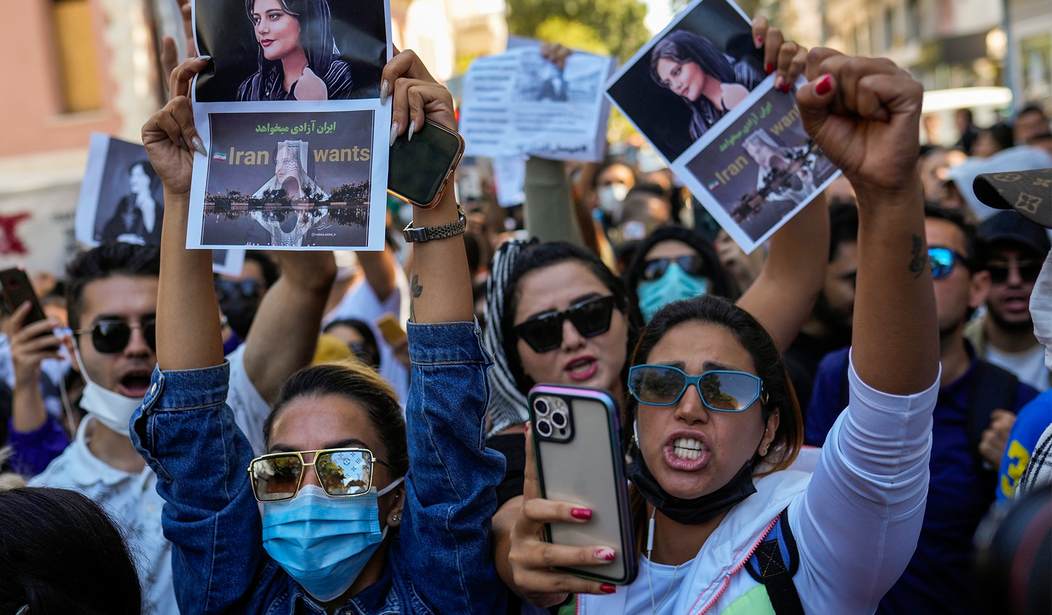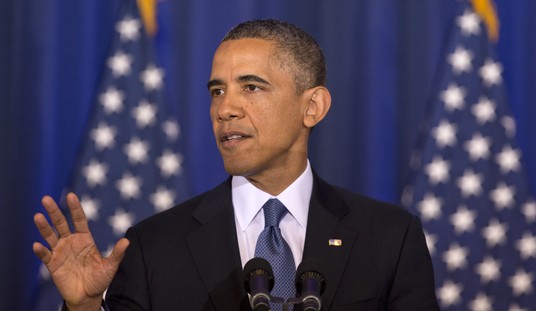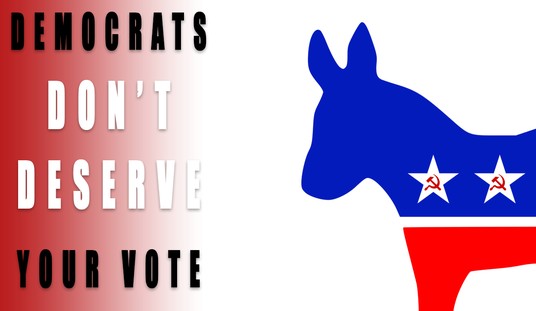On Sept. 13, 2022, a pretty, 22-year-old Iranian Kurdish woman was arrested in Tehran for not properly wearing her hijab. After being taken into custody, Mahsa Amini ended up in a hospital — badly bruised and near death. She died on September 16.
Authorities later claimed that Amini died from “multiple organ failure caused by cerebral hypoxia.” Few in Iran accepted that explanation.
Amini’s memorial service ignited a revolution that’s still underway despite a brutal crackdown. At least 537 Iranians have been killed during the protests — including 71 minors — with 25,000 arrested. And the women’s movement Amini’s death spawned — “Woman, Life, Freedom” — has been a rallying cry that has swept the country.
Now, one year later, authorities are already cracking down on any sign that the mass protests would start again, using the anniversary of Amini’s death as a catalyst.
In the last six months, Iranian protesters have changed tactics. Instead of mass street protests that had been broken up before they even got started, there have been small groups showing up unannounced on street corners and city parks to protest, which are then recorded on social media. The strategy has worked fairly well.
But with the one-year anniversary of Mahsa Amini’s death coming up on Saturday, authorities aren’t taking any chances. Police have arrested activists, closed public spaces like parks and squares, and ramped up security in major cities. There will likely be no major demonstrations on Saturday.
And just to make sure, the regime is issuing some bloodcurdling warnings.
“[T]hose who intend to abuse Mahsa Amini’s name, under this pretext to be an agent of foreigners, to create this instability in the country, we know what will happen to them,” said Iran’s President Ebrahim Raisi, during an interview with “NBC Nightly News” host Lester Holt on Tuesday. “And they know that endangering the security of people and security of society will create a big cost.”
“No incident in the history of the Islamic republic has driven such a wedge between the system and the people as the death of Mahsa Amini,” said Fayyaz Zahed, a professor of contemporary history.
He said he believes the government “cannot solely rely on security and repressive responses” to contain the issue.
Mohammad Sadegh Javadi-Hessar, a reformist activist based in the northeastern city of Mashhad, said many people “are still traumatized by last year’s events.”
“The weaponization of ‘public morals’ to deny women and girls their freedom of expression is deeply disempowering and will entrench and expand gender discrimination and marginalization,” independent United Nations experts warned earlier this month.
It’s hard to imagine the regime being capable of expanding the oppression of women even more. But the fact is, Iran is at a crossroads. As more and more women abandon the hijab and defy the authorities in seeking to broaden their freedom, the Iranian clerics are going to have to make a hard decision. Do they try to put the genie back in the bottle and force women back into the old ways?
To make the situation even more dicey, the economy is in the toilet, and young people — young men in particular — can’t find a job.
Iran’s government, including Supreme Leader Ayatollah Ali Khamenei, have blamed the West for fomenting the unrest, without offering evidence to support the allegation. However, the protests found fuel in the widespread economic pain that Iran’s 80 million people have faced since the collapse of Iran’s nuclear deal with world powers after then-President Donald Trump in 2018 unilaterally pulled America from the accord.
As Western sanctions came back, Iran currency — the rial — cratered, decimating people’s lifesavings. Prices of food and other essentials skyrocketed as inflation gripped the nation, in part due to worldwide pressures following the coronavirus pandemic and the launch of Russia’s war on Ukraine. Unemployment officially stands at 8% overall, though one out of every five young Iranians is out of work.
Revolutions thrive in devastating economic times. The Amini death may have been the catalyst, but the serious work of undermining the regime that could lead to real change in Iran has already started. And it wouldn’t take much to ignite the widespread disgust and hatred of the Iranian clerics whom the people hold responsible for their misery.










